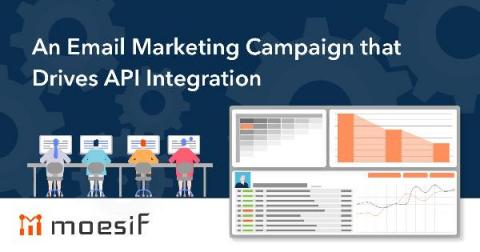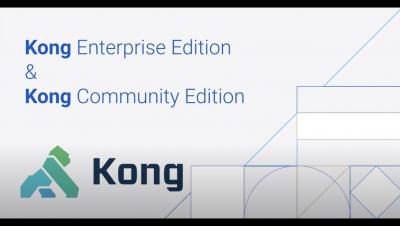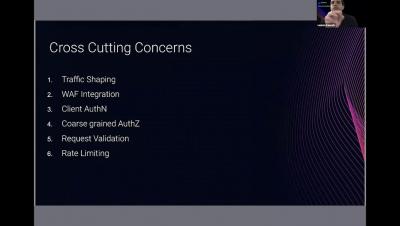A year of API-driven digital transformation
2020 was a challenging year for many organizations as they faced sudden changes in consumer behavior and market dynamics. The shift to digital channels is nothing new, and even in 2019, digital was already the preferred option for commerce and collaboration across many industries—but in the wake of the global pandemic, these channels became the first and only option for many businesses. Preference gave way to necessity almost overnight.











